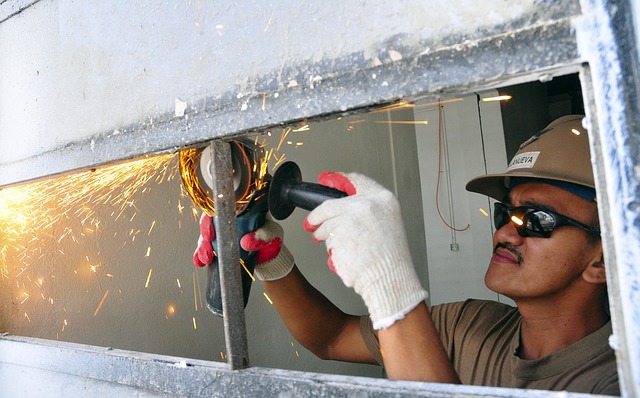Welders, maintenance workers, electricians and many others may require flame-resistant gear as an important line of defense on the job. How do employers determine just what type of FR apparel is needed for a certain setting to keep these workers safe? It starts with calculating the amount of heat exposure workers have the potential of facing.
Heat Exposure 101
Employers use the heat energy rating system to determine workers’ exposure to heat from an arc. The heat energy is measured in calories per square centimeters (cal/cm2). According to the Occupational Health and Safety Administration (OSHA) the four major factors that affect how much heat a worker receives from an arc are:
- Fault current
- Arc length
- Arc duration
- Distance the worker is from the arc
OSHA explains that if any one of the first three factors—fault current, arc length, or arc duration —changes (increases or decreases) by a certain amount in a certain direction, a worker’s heat exposure will change by about the same ratio or percentage in the same direction. For example, if the arc duration is reduced by one-half, the amount of heat exposure is also reduced by about one-half.
The fourth factor—distance from an arc—relates to heat exposure differently. Heat exposure changes in the opposite direction with the distance. For example, doubling a worker’s distance from the arc allows him or her to receive only one-quarter of the original heat exposure. OSHA recommends using live-line tools to distance workers from arcs.
For more detailed information on calculating heat exposure, reference Appendix D of National Fire Protection Association (NFPA) 70E.
Selecting The Right Flame-resistant Fabric
OSHA calls for employers to ensure that their employees who can be exposed to arc hazards wear protective clothing and other protective equipment with an arc rating greater than or equal to the estimated heat energy, whenever it exceeds 2.0 cal/cm2.
When it comes to selecting the right FR clothing, the fabric is another aspect to take into consideration. Clothes made from 100% cotton or wool may provide the right protection if the weight is appropriate for the flame and electric arc conditions workers could be exposed to. Clothing made from acetate, nylon, polyester, rayon are prohibited by OSHA, unless the employer can show that it has been treated to withstand the potential conditions and hazards for that worksite. These fabrics can melt and therefore aggravate the severity of a burn as they adhere to the skin.
To find fire-resistant apparel to protect your workers, visit the Working Person’s Store at WorkingPerson.com.




